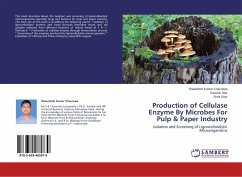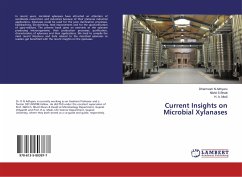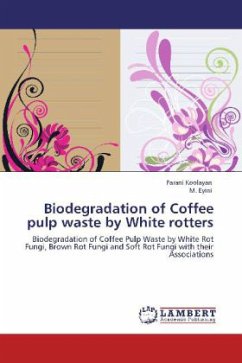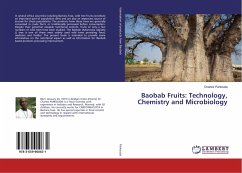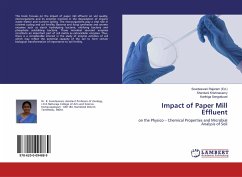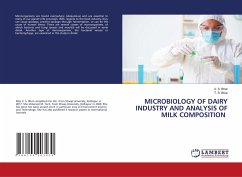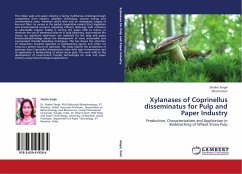
Xylanases of Coprinellus disseminatus for Pulp and Paper Industry
Production, Characterization and Application in Biobleaching of Wheat Straw Pulp
Versandkostenfrei!
Versandfertig in 6-10 Tagen
41,99 €
inkl. MwSt.

PAYBACK Punkte
21 °P sammeln!
The Indian pulp and paper industry is facing multifarious challenges-tough competition from imports, obsolete technology, soaring energy and environmental costs, minimum profit level and an inadequate supply of low-cost fiber- to survive in the global competitive market.Strict legislation and environmental concerns regarding effluent discharge with reference to adsorbable organic halides is forcing the paper mills to reduce or eliminate the use of elemental chlorine in pulp bleaching. Agri-residues like straws are significant alternative raw materials for the pulp and paper industry.Biotechnol...
The Indian pulp and paper industry is facing multifarious challenges-tough competition from imports, obsolete technology, soaring energy and environmental costs, minimum profit level and an inadequate supply of low-cost fiber- to survive in the global competitive market.Strict legislation and environmental concerns regarding effluent discharge with reference to adsorbable organic halides is forcing the paper mills to reduce or eliminate the use of elemental chlorine in pulp bleaching. Agri-residues like straws are significant alternative raw materials for the pulp and paper industry.Biotechnology allows the development of more sustainable and environment friendly bleaching techniques. This has drawn the attention of researchers towards xylanases as biobleaching agents and white rot fungi as a potent source of xylanases. This study reports the production of xylanases from Coprinellus disseminatus under solid state fermentation and its application in biobleaching of wheat straw pulp. The work adds to the development of environment friendly technologies for pulp and paper industry using biotechnological applications.



